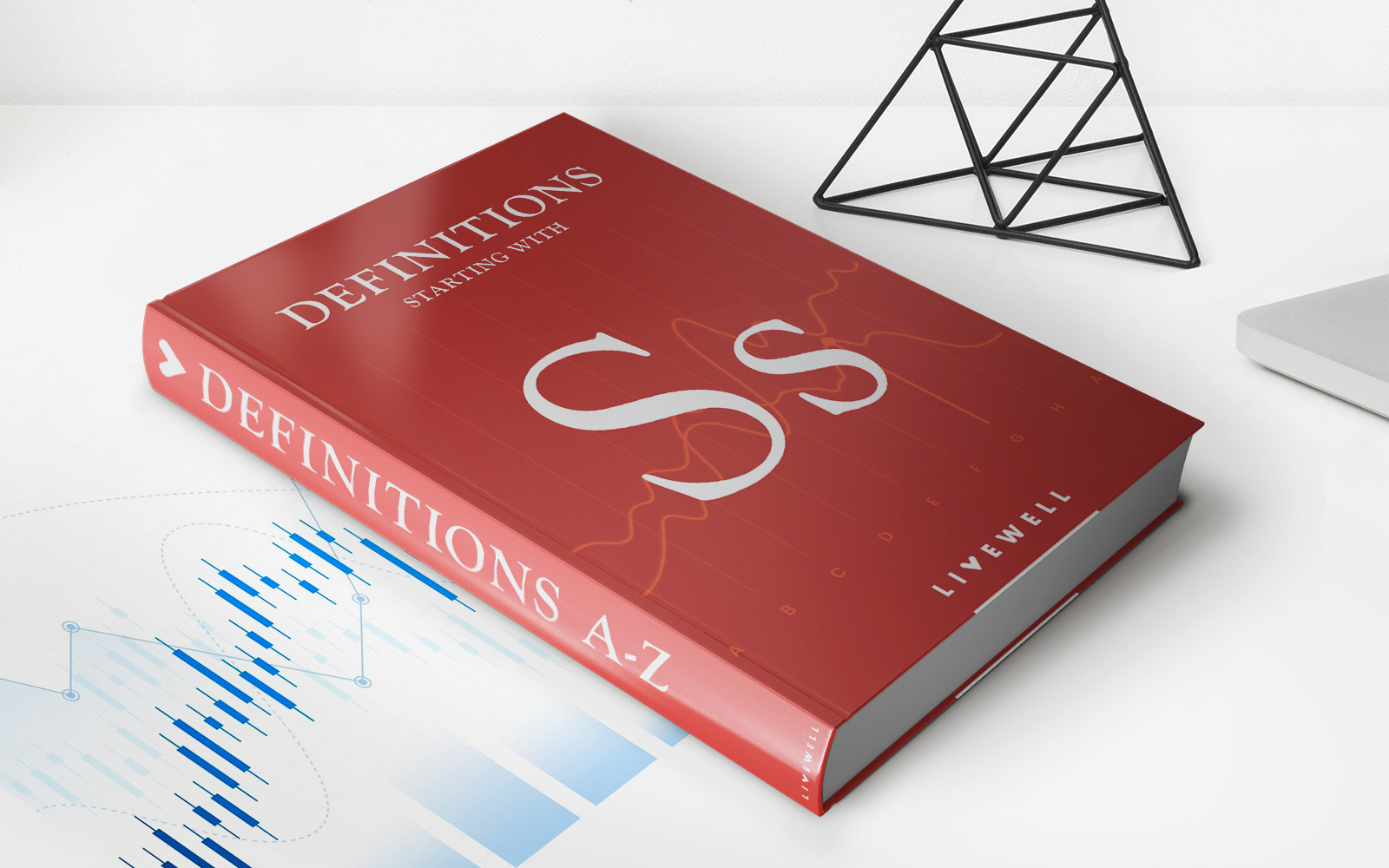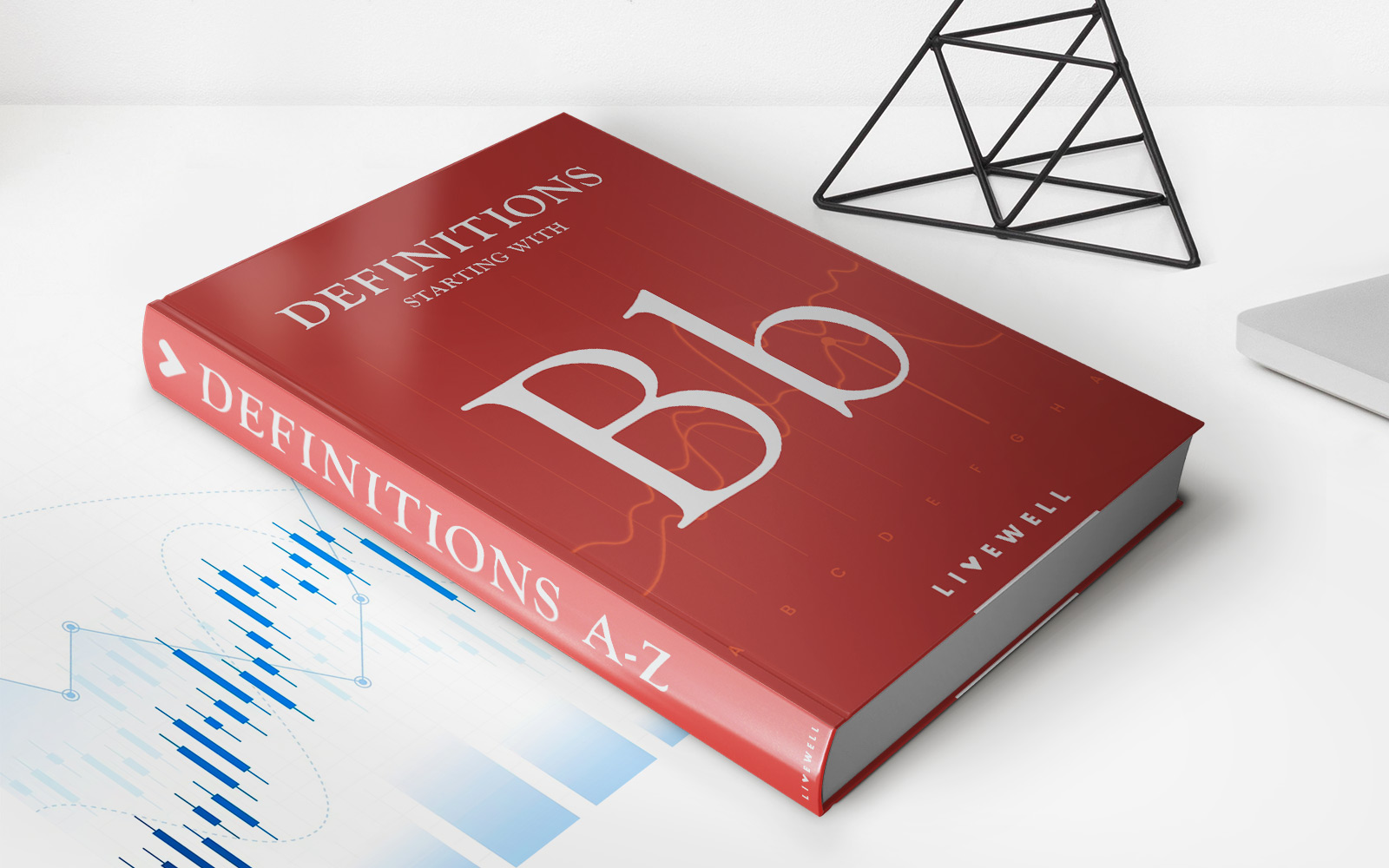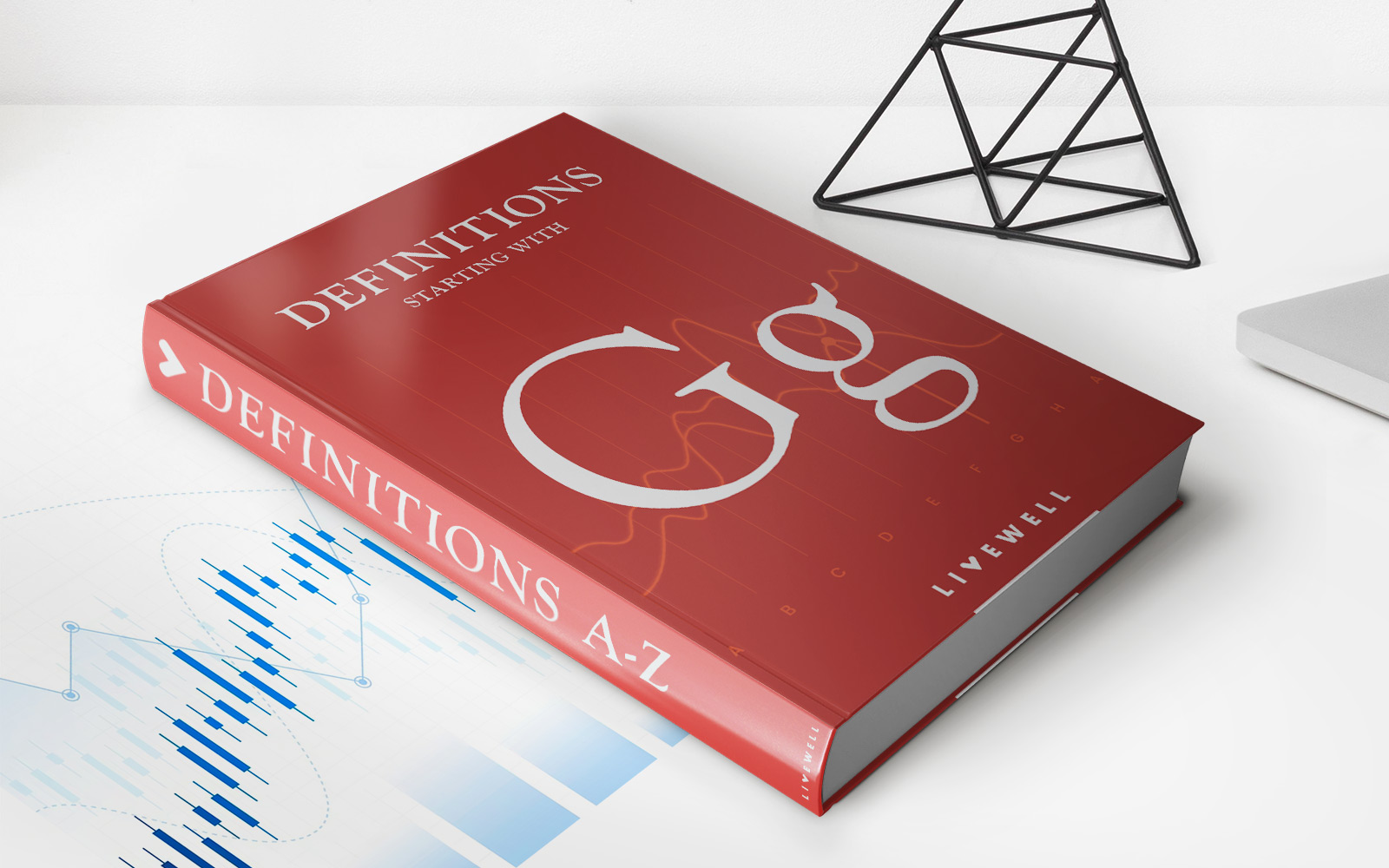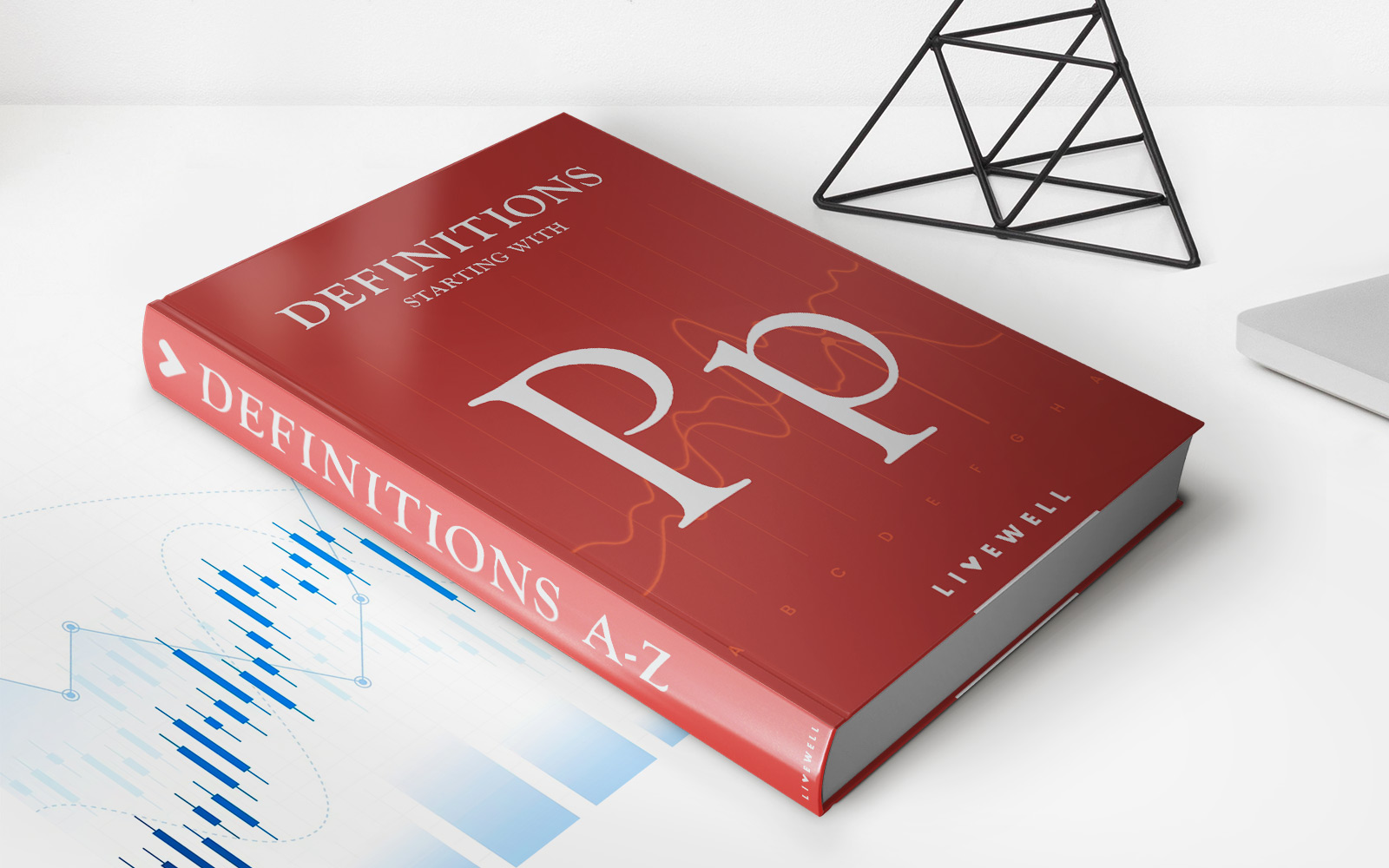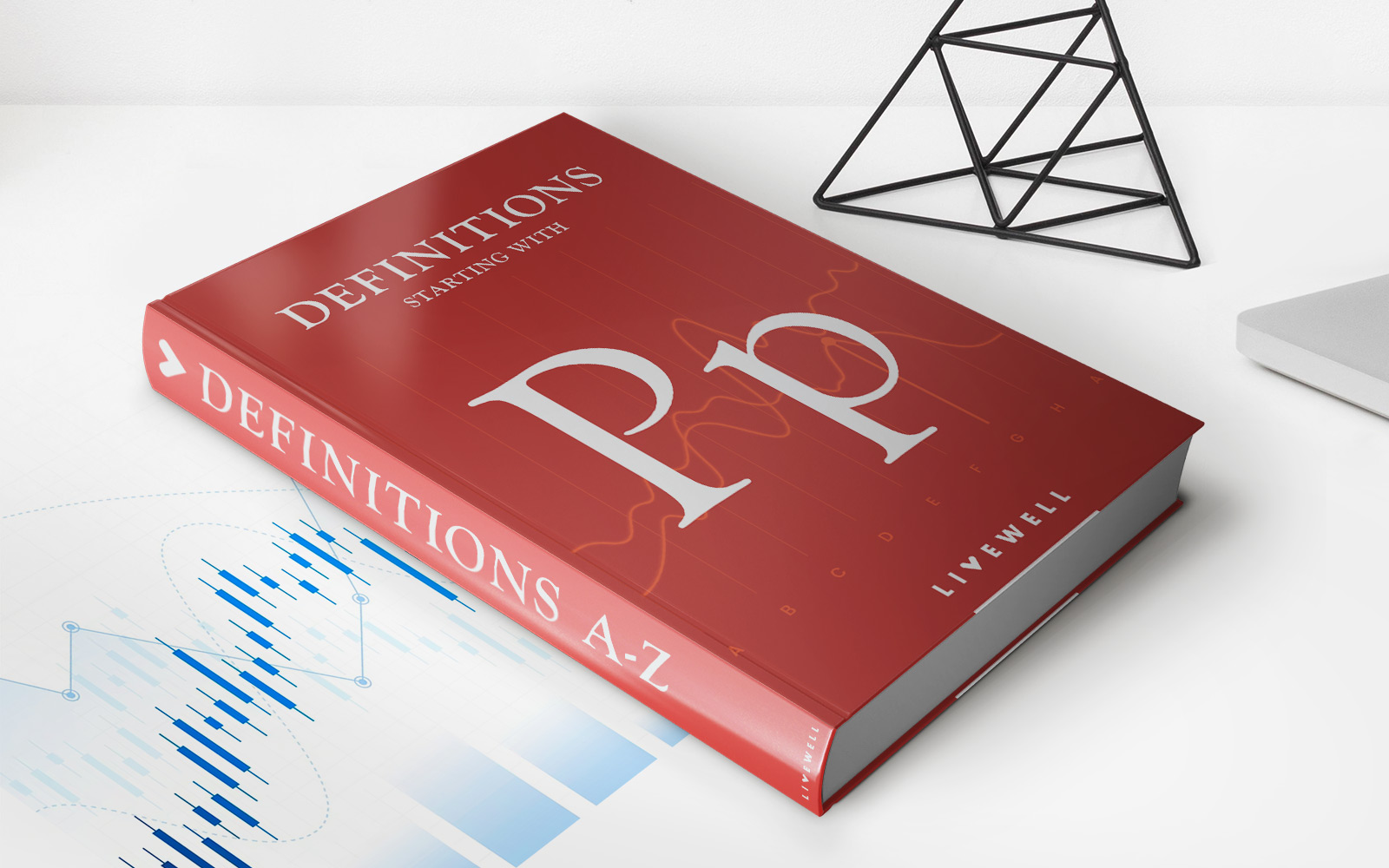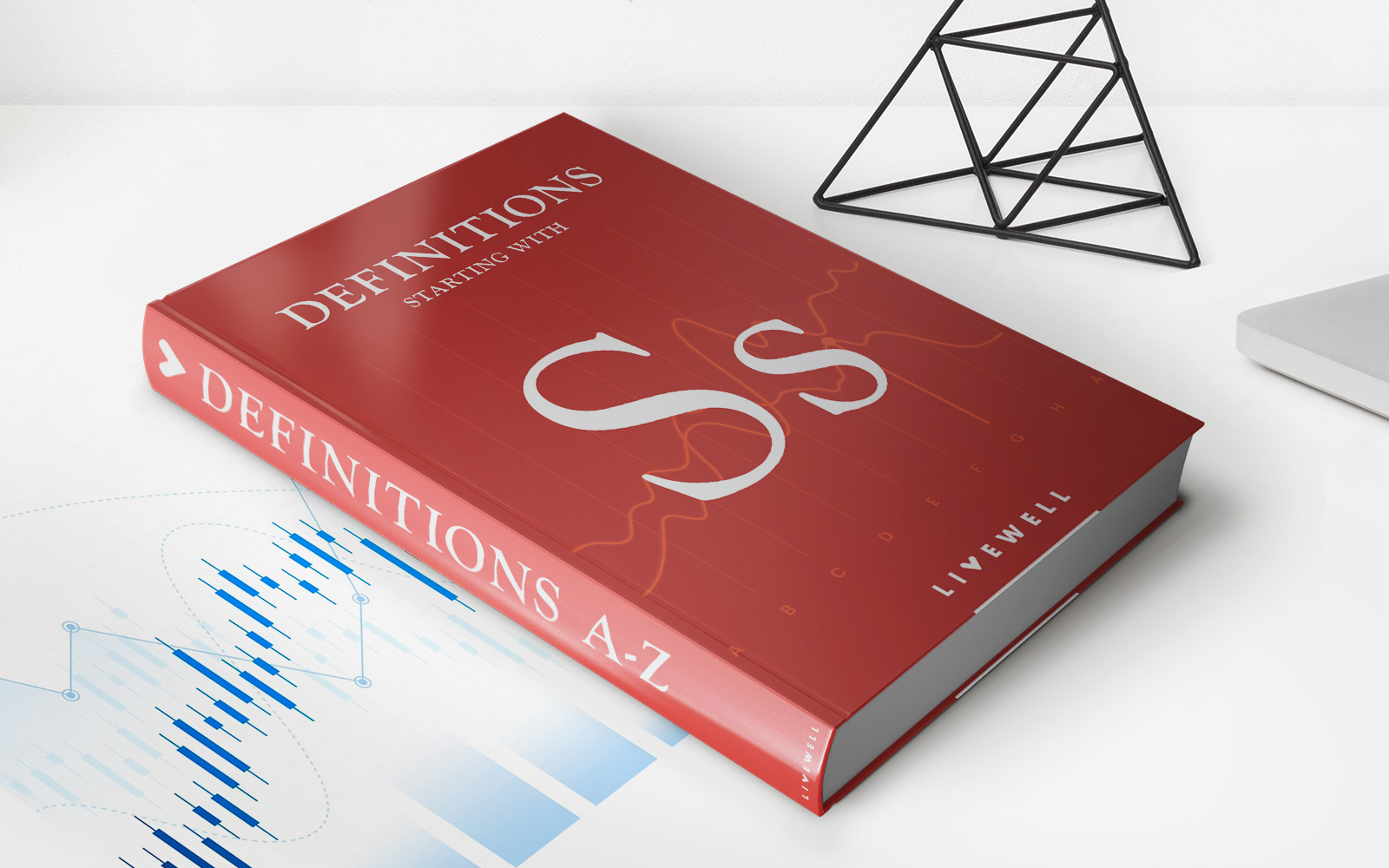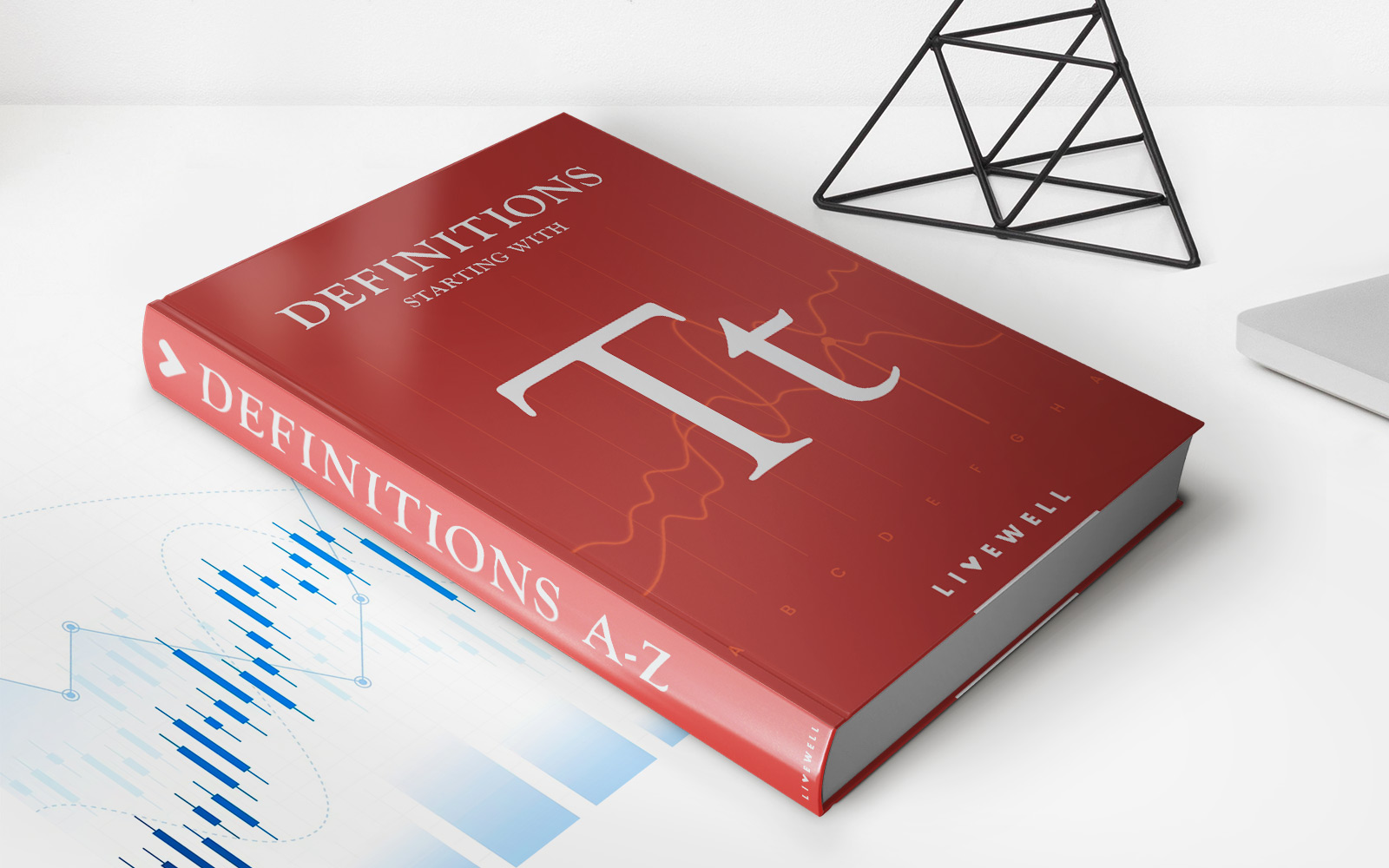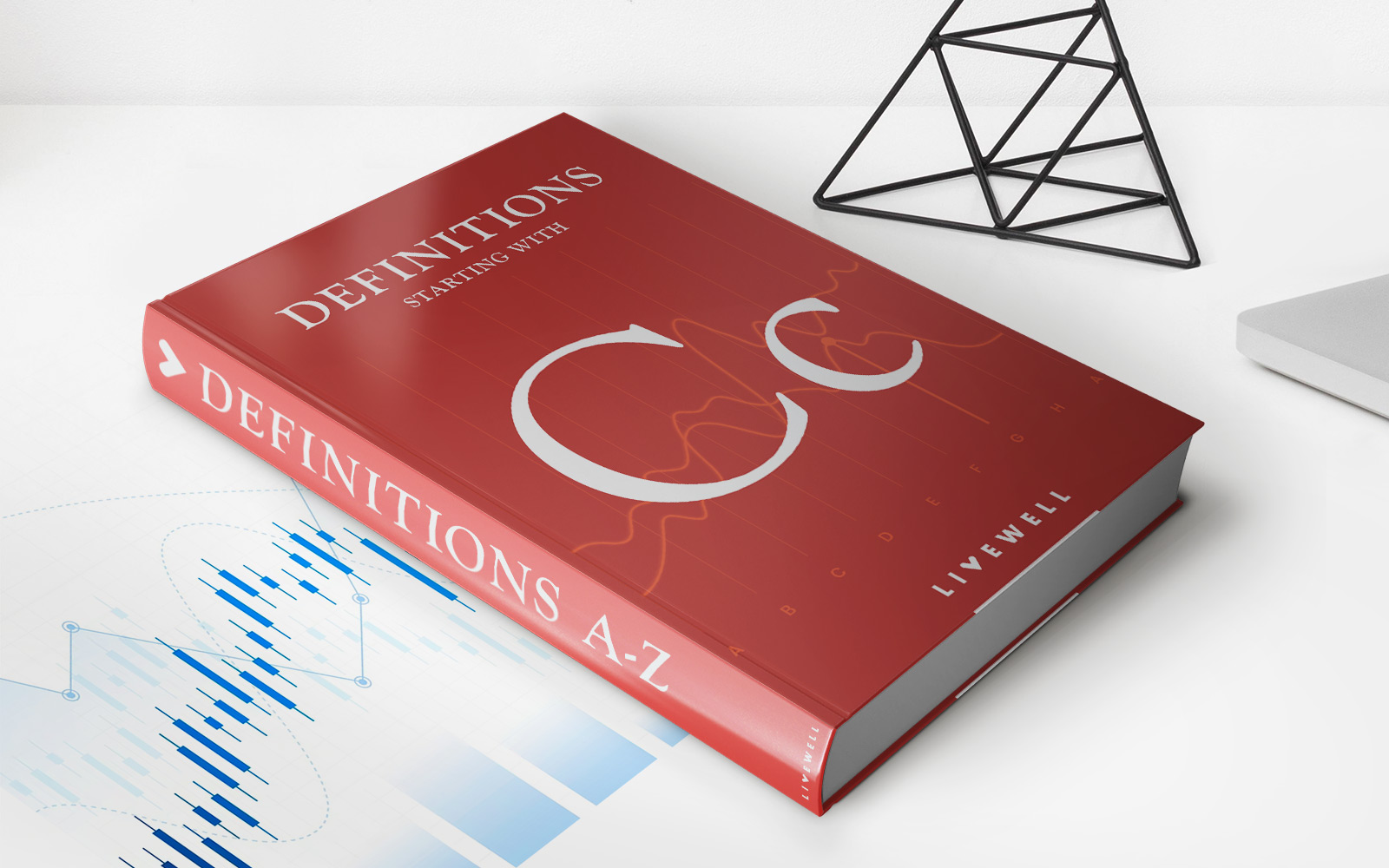Home>Finance>Hedonic Pricing: Definition, How The Model Is Used, And Example


Finance
Hedonic Pricing: Definition, How The Model Is Used, And Example
Published: December 4, 2023
Discover the definition and application of hedonic pricing in finance. Learn how this model is utilized and explore a real-life example.
(Many of the links in this article redirect to a specific reviewed product. Your purchase of these products through affiliate links helps to generate commission for LiveWell, at no extra cost. Learn more)
What is Hedonic Pricing?
Have you ever wondered how prices for certain products or services are determined? Well, one approach that is commonly used is called hedonic pricing. Hedonic pricing is a method used to estimate the value of a product or service based on its characteristics and features. It is a model that takes into account several factors that influence the price of a good or service, allowing businesses to understand the relationship between price and its determinants.
Key Takeaways
- Hedonic pricing is a method used to estimate the value of a product or service based on its characteristics and features.
- This model takes into account various factors that influence the price, including tangible and intangible attributes of the product or service.
How the Model Is Used
Hedonic pricing utilizes statistical analysis to determine the impact that various attributes have on the price of a good or service. This model takes into consideration both tangible and intangible characteristics of a product, such as size, location, durability, quality, brand, and reputation. By analyzing these factors, businesses can estimate the value or “hedonic price” of the product or service and make informed pricing decisions.
Example of Hedonic Pricing
To better understand how hedonic pricing works, let’s consider an example of a real estate market. When determining the price of a house, various factors are taken into account including the square footage, number of bedrooms and bathrooms, the overall condition of the property, location, proximity to amenities, and more. By applying the hedonic pricing model, real estate agents and sellers can estimate the price of a house by analyzing the impact of each of these factors on the overall value.
Understanding hedonic pricing can provide businesses with valuable insights into pricing strategies and help consumers make informed purchasing decisions. By analyzing the factors that contribute to the value of a product or service, businesses can determine optimal pricing points and consumers can evaluate the worth of their potential purchases. So, the next time you’re comparing prices or wondering why something costs what it does, remember the power of hedonic pricing!


